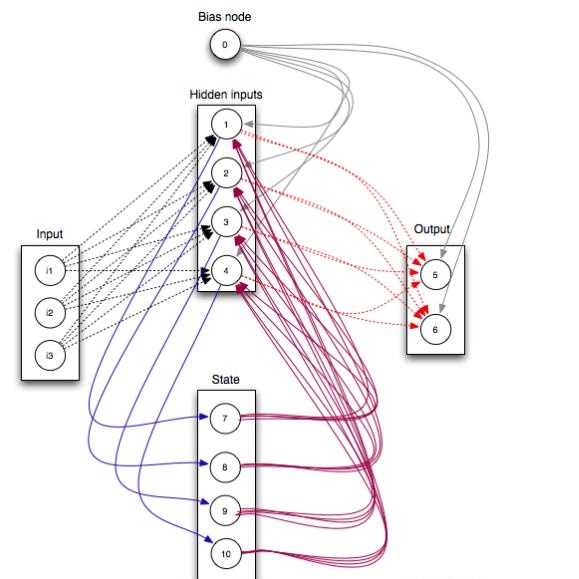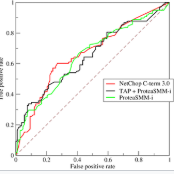The task of repeatedly solving parametrized partial differential equations (pPDEs) in, e.g. optimization or interactive applications, makes it imperative to design highly efficient and equally accurate surrogate models. The reduced basis method (RBM) presents as such an option. Enabled by a mathematically rigorous error estimator, RBM constructs a low-dimensional subspace of the parameter-induced high fidelity solution manifold from which an approximate solution is computed. It can improve efficiency by several orders of magnitudes leveraging an offline-online decomposition procedure. However, this decomposition, usually through the empirical interpolation method (EIM) when the PDE is nonlinear or its parameter dependence nonaffine, is either challenging to implement, or severely degrades online efficiency. In this paper, we augment and extend the EIM approach as a direct solver, as opposed to an assistant, for solving nonlinear pPDEs on the reduced level. The resulting method, called Reduced Over-Collocation method (ROC), is stable and capable of avoiding the efficiency degradation inherent to a traditional application of EIM. Two critical ingredients of the scheme are collocation at about twice as many locations as the dimension of the reduced solution space, and an efficient L1-norm-based error indicator for the strategic selection of the parameter values to build the reduced solution space. Together, these two ingredients render the proposed L1-ROC scheme both offline- and online-efficient. A distinctive feature is that the efficiency degradation appearing in alternative RBM approaches that utilize EIM for nonlinear and nonaffine problems is circumvented, both in the offline and online stages. Numerical tests on different families of time-dependent and steady-state nonlinear problems demonstrate the high efficiency and accuracy of L1-ROC and its superior stability performance.
翻译:反复解决优化或互动应用程序等部分偏差方程式(PPDDEs)的任务,反复解决在优化或互动应用程序中的偏差偏差方程式(PPDDEs),因此必须设计高效且同样准确的代用模型。降低基数方法(RBM)是一个选项。借助数学严谨的误差估算器,成果管理制可以构建一个低维的子空间,用于计算近似解决方案的参数诱导高忠诚度解决方案。它可以通过若干数量级来提高效率,利用离线离线离线脱解程序。然而,这种分解,通常通过经验性内置法(EIM),当PDE是非线性或参数依赖性非亚离线替代替代模型时,这种分解方法具有挑战性,或者是执行或严重降低在线效率。




